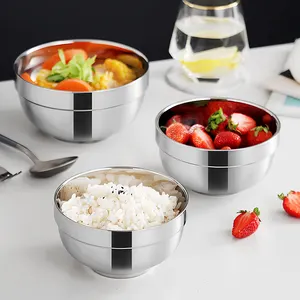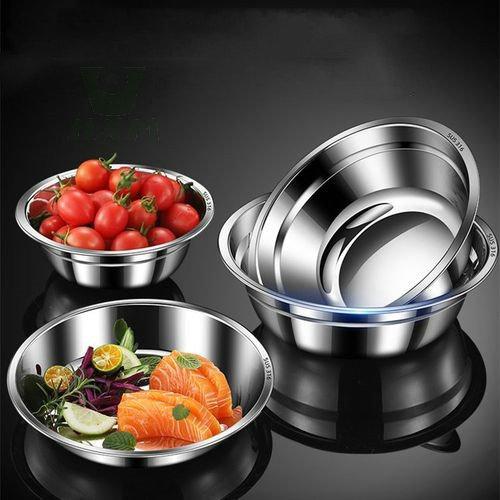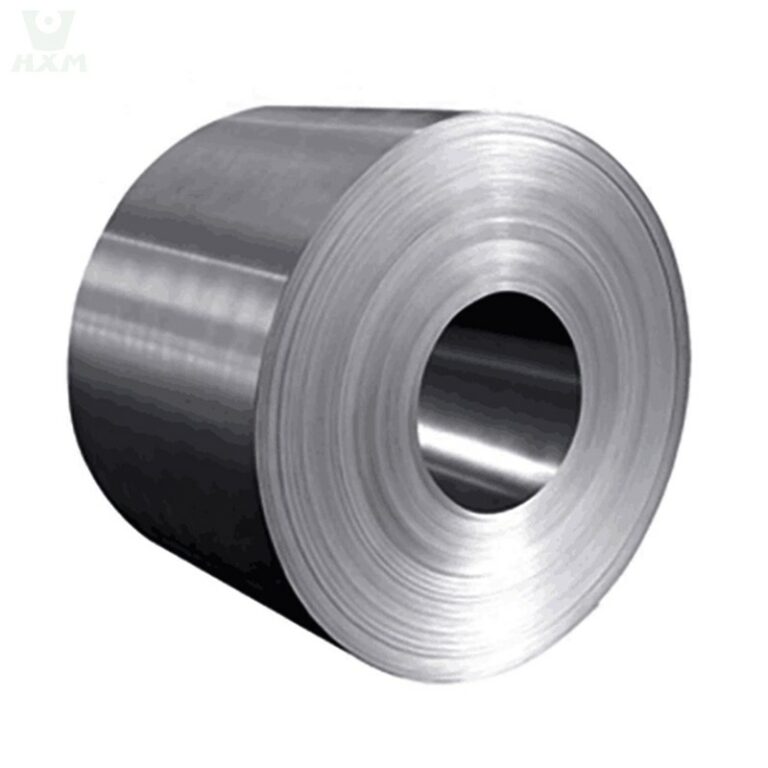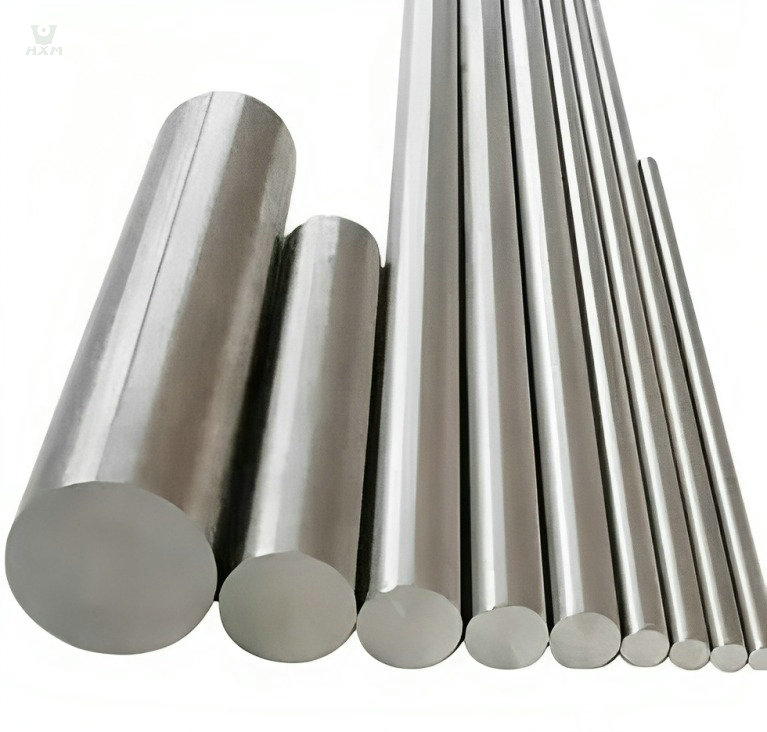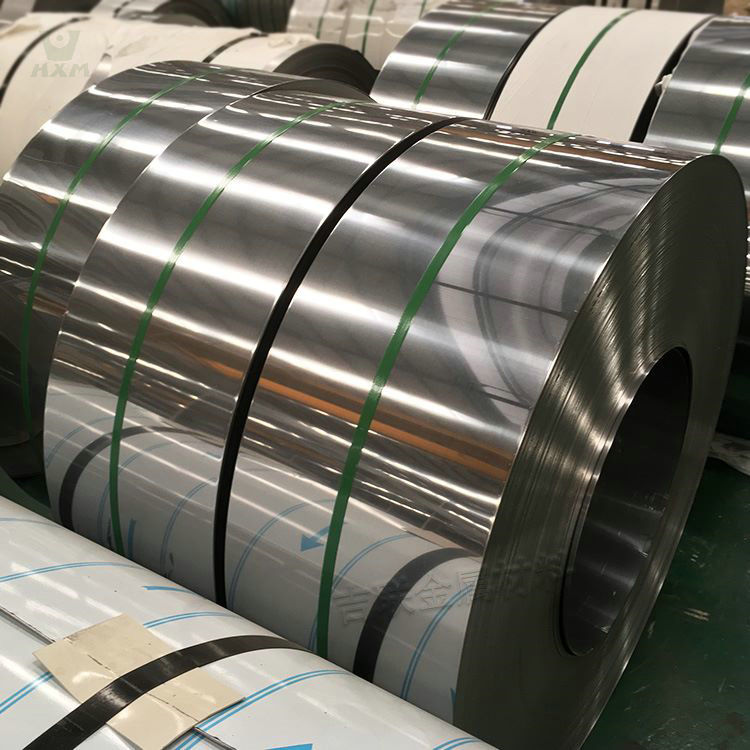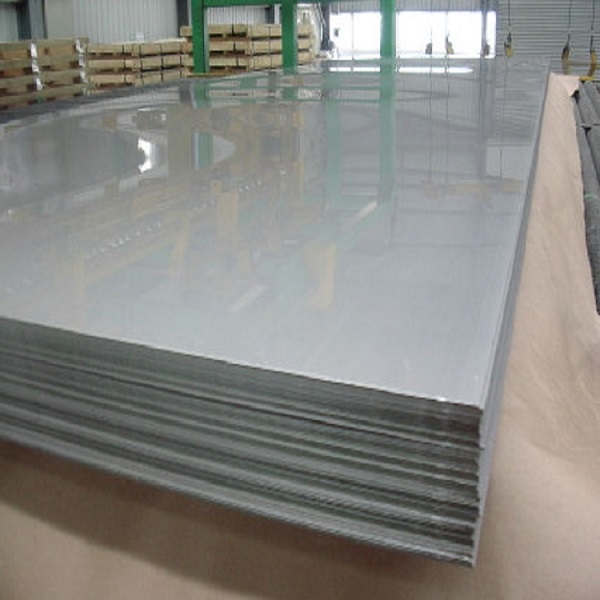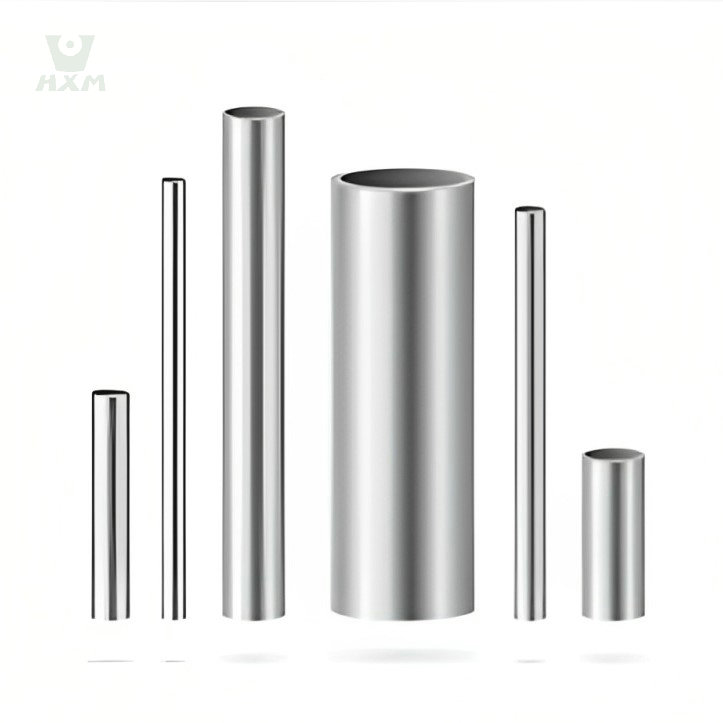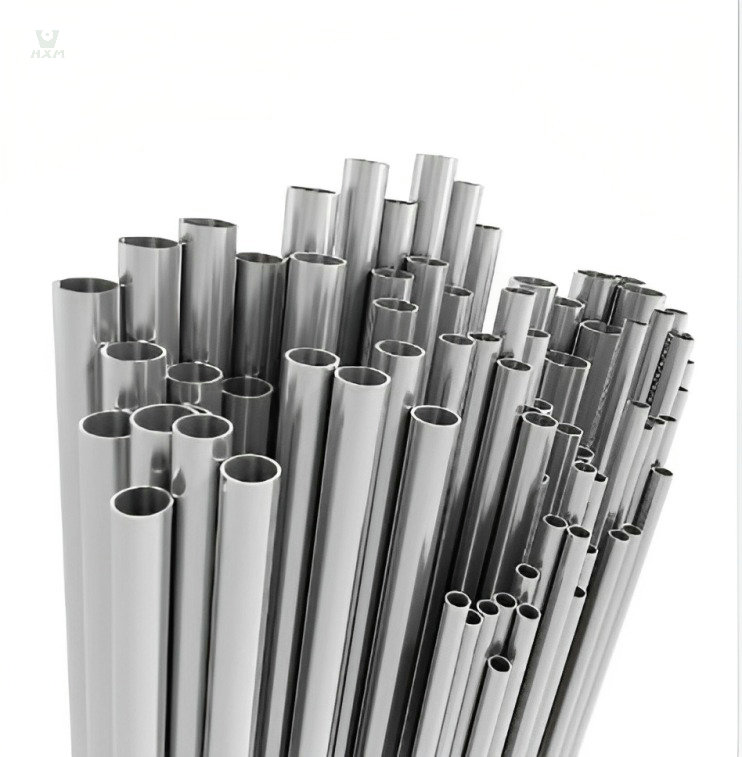In today’s increasingly health- and safety-conscious era, the choice of materials for food contact has become particularly important. Stainless steel, as a common metal material, is becoming increasingly widespread in the food industry. The question of whether 316 stainless steel meets food standards has become a focal point of concern for many consumers and industry professionals. So, can 316 stainless steel meet food grade?
-Food-Grade 316 Stainless Steel-
chemical composition of 316 Stainless Steel
In the realm of stainless steel, the intricate blend of alloying elements forms the very DNA of its exceptional properties. As we delve into the composition of Grade 316 stainless steel, we uncover the pivotal roles played by chromium, nickel, and molybdenum. These elemental architects, carefully calibrated by stainless steel manufacturers, pave the way for 316 stainless steel meet food-grade standards.
| 316 | C% | Si% | Mn% | P% | S% | Ni% | Cr% | Mo% |
| ASTM A240/A240M | ≤ 0.08 | ≤ 1.00 | ≤ 2.00 | ≤ 0.045 | ≤ 0.030 | 10.0-14.0 | 16.0-18.0 | 2.0-3.0 |
| EN 10028-7 | ≤ 0.08 | ≤ 1.00 | ≤ 2.00 | ≤ 0.045 | ≤ 0.030 | 10.0-14.0 | 16.0-18.0 | 2.0-2.5 |
| JIS G4304 | ≤ 0.08 | ≤ 1.00 | ≤ 2.00 | ≤ 0.045 | ≤ 0.030 | 10.0-14.0 | 16.0-18.0 | 2.0-3.0 |
| GB/T 4237 | ≤ 0.08 | ≤ 1.00 | ≤ 2.00 | ≤ 0.045 | ≤ 0.030 | 10.0-14.0 | 16.0-18.0 | 2.0-3.0 |
International Food-Contact Material Standards
-Food-Grade 316 Stainless Steel-
In terms of chemical composition, there are strict limitations on the use of heavy metal substances harmful to human health, such as cadmium, lead, chromium, tin, arsenic, etc. Maximum migration limits for these substances in metal food contact materials have been established. These restrictions aim to ensure that metallic materials do not release excessive amounts of harmful substances into food during use.
The requirements of the United States Food and Drug Administration (FDA) for metal food contact materials mainly include:
Chemical stability: Metal materials must not undergo chemical reactions when in contact with food, and must not release harmful substances.
Dissolution and migration limits: The FDA sets strict limits on the components that may migrate from metal materials into food, ensuring that these components do not pose potential health hazards to humans.
Performance stability: Metal food contact materials must have good strength, toughness, and wear resistance to prevent breakage or fracture during use.
Prohibited materials: The FDA specifies that certain metals, such as lead, cadmium, and mercury, must not be used in food contact materials to ensure food safety.
Specific regulations and limits can be found on the FDA’s official website.
The JIS S3200 standard specifies a series of chemical composition limits for metal food contact materials, particularly stricter limits for heavy metals such as cobalt, chromium, and cadmium compared to EU standards and Chinese GB standards. Additionally, the standard explicitly defines migration limits for chemical substances in metal food contact materials to ensure food safety. These requirements aim to ensure that food contact materials do not contaminate food during use, thereby safeguarding consumer health.
Please note that these are general overviews, and specific requirements and limits may vary depending on the type of material, its application, and the nature of the food it contacts. Therefore, in practical applications, it is advisable to consult the JIS S3200 standard or other relevant documents for accurate and comprehensive information.
The DIN standards cover two main areas:
- DIN EN 1186-1 to 14 on migration limits for food contact materials
This series of standards specifies the limits of hazardous substances that may migrate from different types of food contact materials, including plastics, rubbers, coatings, metallic materials, etc. They specify the contact conditions between different types of food and different kinds of substances, such as time and temperature, to determine whether the limits are met. - DIN 17441 stainless steel products
This standard specifies the chemical composition, physical properties and mechanical properties of stainless steel products requirements. It also includes the classification of various stainless steel products, naming rules and uses.
- Material Requirements
GB 4806.9-2016 “food contact materials stainless steel” provides that stainless steel should comply with the materials specified in GB/T 3280-2015. Among them, GB/T 3280-2015 specifies the classification, requirements, test methods, marking and packaging of stainless steel plates, strips and coils. - Migration Limits
GB 31604.9-2016 “Migration limits of chemical substances in food contact materials Stainless steel” provides for the migration limits of chemical substances in stainless steel. The standard stipulates that stainless steel shall not contain chemical substances harmful to humans, such as lead, cadmium, chromium, etc., while providing for the migration limits of chemical substances in different types of food contact materials. For example, for drinking water contact materials, the migration limit of lead is 0.01mg/L, and the migration limit of chromium is 1.0mg/L. - Production Requirements
GB 9684-2011 “Food Contact Materials and Products Hygiene Standards” specifies the production requirements for food contact materials, including the production requirements for stainless steel products. The standard stipulates that stainless steel materials shall not come into contact with harmful substances during production, transportation, storage and processing, and shall not use coatings, adhesives and other materials that are harmful to humans.
Does 316 stainless steel meet food grade?
-Food-Grade 316 Stainless Steel-
Absolutely!
- Firstly, 316 stainless steel is enhanced with the addition of molybdenum, which significantly improves its corrosion resistance and high-temperature strength, enabling its use in harsh conditions. This outstanding corrosion resistance ensures that 316 stainless steel maintains material integrity when in contact with food, effectively preventing the release of harmful substances.
- Secondly, from a compliance perspective, 316 stainless steel typically undergoes rigorous testing by certification bodies such as the U.S. Food and Drug Administration (FDA) to ensure compliance with international food safety standards. These certification processes ensure the safety of 316 stainless steel in food contact applications.
- Furthermore, 316 stainless steel exhibits strong chemical stability, with chromium in its composition forming a dense oxide film that effectively prevents further corrosion of the metal surface. This corrosion resistance allows 316 stainless steel to maintain material integrity when in contact with acidic or alkaline foods, without releasing harmful substances, thereby ensuring food hygiene and safety.
conclusion
-Food-Grade 316 Stainless Steel-
In conclusion, 316 stainless steel emerges as the ideal choice for food contact materials due to its outstanding corrosion resistance, chemical stability, and compliance with numerous international food standards certifications. It not only ensures the hygiene and safety of food during processing, storage, and transportation but also provides durable equipment for the food industry with its excellent mechanical properties.
As a company dedicated to stainless steel production, Huaxiao Metal is equipped with multiple advanced stainless steel production lines. We not only offer 316 stainless steel that complies with food standards but also provide a wide range of products with different grades for customers to choose from. We understand that the needs of each industry are unique, so whether it’s standard sizes or custom dimensions, ordinary surfaces, or special colors, we can meet your requirements.
If you are looking for high-quality stainless steel products for the food industry or other fields, Huaxiao Stainless Steel is your reliable partner. Please feel free to contact us, and we will provide you with professional advice and the most competitive prices. Let’s work together to create a better future!


